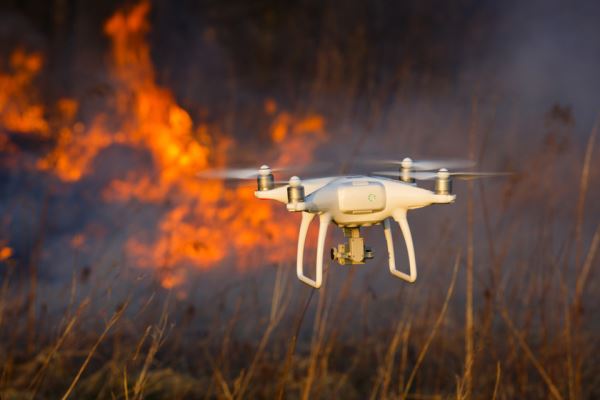International Women In Engineering Day (June 23) aimed to highlight some of the amazing work by women in engineering and technical roles.
Originally launched in the UK as National Women in Engineering, this year for the first time, the day was celebrated around the world.
Under the patronage of UNESCO, the Women's Engineering Society (UK) was hosting events at many sites across the globe, from Canada to Brazil.
Engineers Australia supported the day by sharing recent stories from women engineers in Australia that highlight the daily challenges faced by women in this demanding profession.
On this day, the University of Sydney paid tribute to a young female engineer who is making an impact in the field of robotics.
Aerospace engineering graduate turned robotics visionary, Vera Somers, is hoping her research will one day help detect bushfire prone areas and survey at-risk areas by creating drones for bushfire surveillance and intervention.
Her work comes at a time when Australia has experienced one of its deadliest and most widespread bushfire seasons.
And around the globe fires engulfed areas that had never previously been burnt, such as the dense tropical Amazon and suburban Los Angeles.
Extremely important work
“The large-scale impacts and real-world risks make bushfire research extremely important – this last bushfire season stresses how vital this research is,” said Ms Somers, who joined the University of Sydney from the Netherlands to complete a PhD at the Australian Centre for Field Robotics under the supervision of Associate Professor Ian Manchester.
Ms Somers hopes UAVs and automation can offer faster and more efficient situational awareness, potentially making firefighting efforts safer by containing fires before they become uncontrollable.
“Although many fire propagation models and simulators already exist, the link connecting them to automated decision making and UAV path planning is still missing,” she says.
“We use optimisation methods to study how bushfires spread and how to control them. By creating risk maps and UAVs we can find the areas most in need of monitoring, and then use this information to deploy targeted resource allocation for both prevention and firefighting.
“We actually model and control the spread of fire in a similar way to the modelling of epidemics. It is fascinating how both bushfires and epidemics – as well as other spreading processes – have very similar underlying models.”
Ms Somers also recently assisted the post-bushfire effort by helping rebuild fences that had been lost in the January 2020 fires.
Inside Robotics salutes Ms Somers and Australia’s Women in Engineering making a real impact in this vital field.


